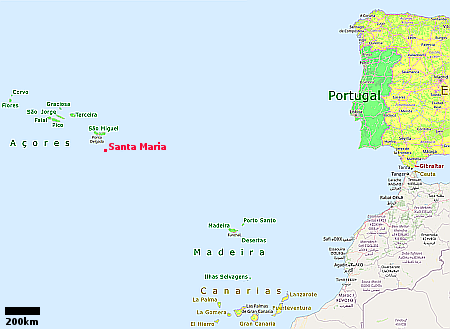SpaceX tonight successfully launched 24 Kuiper satellites for Amazon’s internet constellation, its Falcon 9 rocket lifting off from Cape Canaveral in Florida.
The first stage completed its first launch, landing on a drone ship in the Atlantic. This was the third new stage launched in 2025, and follows the company’s recent pattern of launching between one to three new stages per year. The two fairings completed their 27th and 28th flights respectively. As of posting the satellites had not yet been deployed.
This was SpaceX’s first launch for Amazon, out of an initial contract of three launches. The launch was also Amazon’s third Kuiper satellite launch, the previous two by ULA on its Atlas-5 rocket, launching 27 satellites each. While ULA seems poised to begin regular launches for Amazon, having a contract for 46 launches (with completed two), the contracts for Blue Origin’s New Glenn (27 launches, and ArianeGroup’s Ariane-6 (18 launches) are more uncertain. Neither company has achieved any launches on their contracts, and it is not clear when either company, especially Blue Origin, will ever begin regular launches.
This slow launch pace from these companies is a serious problem for Amazon, which is required by its FCC licence to get 1,600 satellites in orbit by July 2026. For this reason, there are rumors that Amazon might switching more launches to SpaceX, as it has the capability of to launch frequently.
We will have to wait and see.
The leaders in the 2025 launch race:
88 SpaceX
37 China
10 Rocket Lab
8 Russia
SpaceX now leads the rest of the world in successful launches, 88 to 64.











